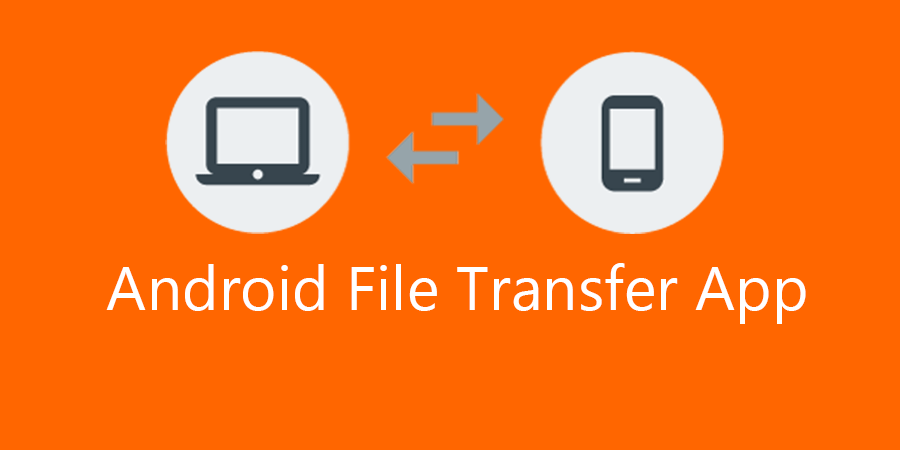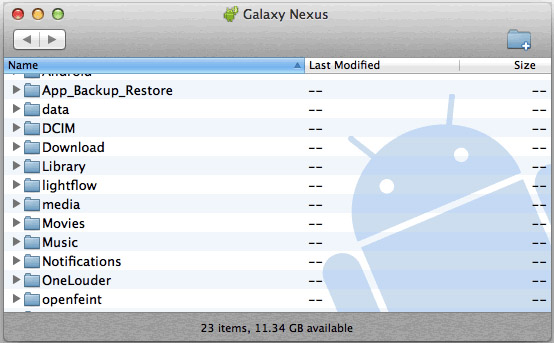

- #ANDROID FILE TRANSFER AGENT HOW TO#
- #ANDROID FILE TRANSFER AGENT FOR MAC#
- #ANDROID FILE TRANSFER AGENT MAC OS X#
- #ANDROID FILE TRANSFER AGENT FOR ANDROID#
To quit an app, the common way is to right click app icon on the Dock and choose Quit option. Why I cannot delete Android File Transfer? Being prompted that “The item Android File Transfer can’t be moved to the Trash because it’s open”? This message occurs because Android File Transfer (or its background process) is still running. This act is irrevocable so you must do it with caution. Note that the moment you empty the Trash, the app will be permanently removed from your Mac. During the process, you may be prompted to enter an administrator’s password to make the deletion take effect. Or choose right click Trash icon, choose Empty Trash, and Empty Trash again in the pop-up dialog.īesides, you also can trash the app from the Launchpad interface. Step 5: Choose Finder > Empty Trash from the Menu bar.Step 4: If prompted, enter administrator password and hit OK to allow the change.Also, you can right-click/control click Android File Transfer icon and then choose Move to Trash option from the sub menu.
#ANDROID FILE TRANSFER AGENT FOR ANDROID#
Step 3: Search for Android File Transfer in the /Applications folder, then drag its icon to the Trash icon located at the end of the Dock, and drop it there.Step 2: Launch Finder on your Mac, and click Applications in the Finder sidebar.Step 1: Quit Android File Transfer as well as its related process(es) if they are still running.Here’s the regular steps to uninstall Android File Transfer on Mac: In most circumstances you can take the drag-and-drop way to delete Android File Transfer from your computer.
#ANDROID FILE TRANSFER AGENT MAC OS X#
Most Mac apps are self-contained, and the trash-to-delete option works on all versions of Mac OS X and later. Question 1: How can I uninstall Android File Transfer from my Mac?

So, when you decide to uninstall Android File Transfer on Mac, you will need to tackle the following two questions. The trash-to-delete method may leave some junk files behind, resulting in incomplete uninstall.

That means, if you simply trash the app and think the removal is done, you’re wrong. Additionally, some apps may create supporting files, caches, login files scattering around the system directory. General knowledge: Once installed, an app is typically stored in the /Applications directory, and the user preferences for how the app is configured are stored in ~/Library/Preferences directory.
#ANDROID FILE TRANSFER AGENT HOW TO#
If you have no clue how to do it right, or have difficulty in getting rid of Android File Transfer, the removal solutions provided in the post could be helpful. This page is about how to properly and thoroughly uninstall Android File Transfer from Mac.

Removing applications on Mac is pretty straightforward for experienced users yet may be unfamiliar to newbies.
#ANDROID FILE TRANSFER AGENT FOR MAC#
Open a Terminal window and remove the Agent application installed to your user-specific Library directory.Perfect Solutions to Uninstall Android File Transfer for Mac Killing it permanenently requires some additional work. This should be the only required step, in my opinion, but the application will still start the agent any time it’s manually opened after login. Open your User in the Users & Groups System Preferences pane and remove the automatically-installed Android File Transfer Agent login item. Run Activity Monitor and kill any running copies of Android File Transfer Agent. With a few modifications to the AFT application bundle I neutered the agent and restored sanity. I transfer files very rarely and usually just plug in for some power, so I tire of the constant warnings. AFT informs you of this with a modal dialogue and endless Dock bounces. However, a locked Android device won’t initiate an MTP connection for obvious security reasons. Android File Transfer is an OS X application enabling file transfer with devices running Android 4.0 and later using Microsoft’s Media Transfer Protocol, a protocol unsupported by the OS itself.Īndroid File Transfer starts an agent that detects the presence of a connected Android device and automatically opens the main application.


 0 kommentar(er)
0 kommentar(er)
